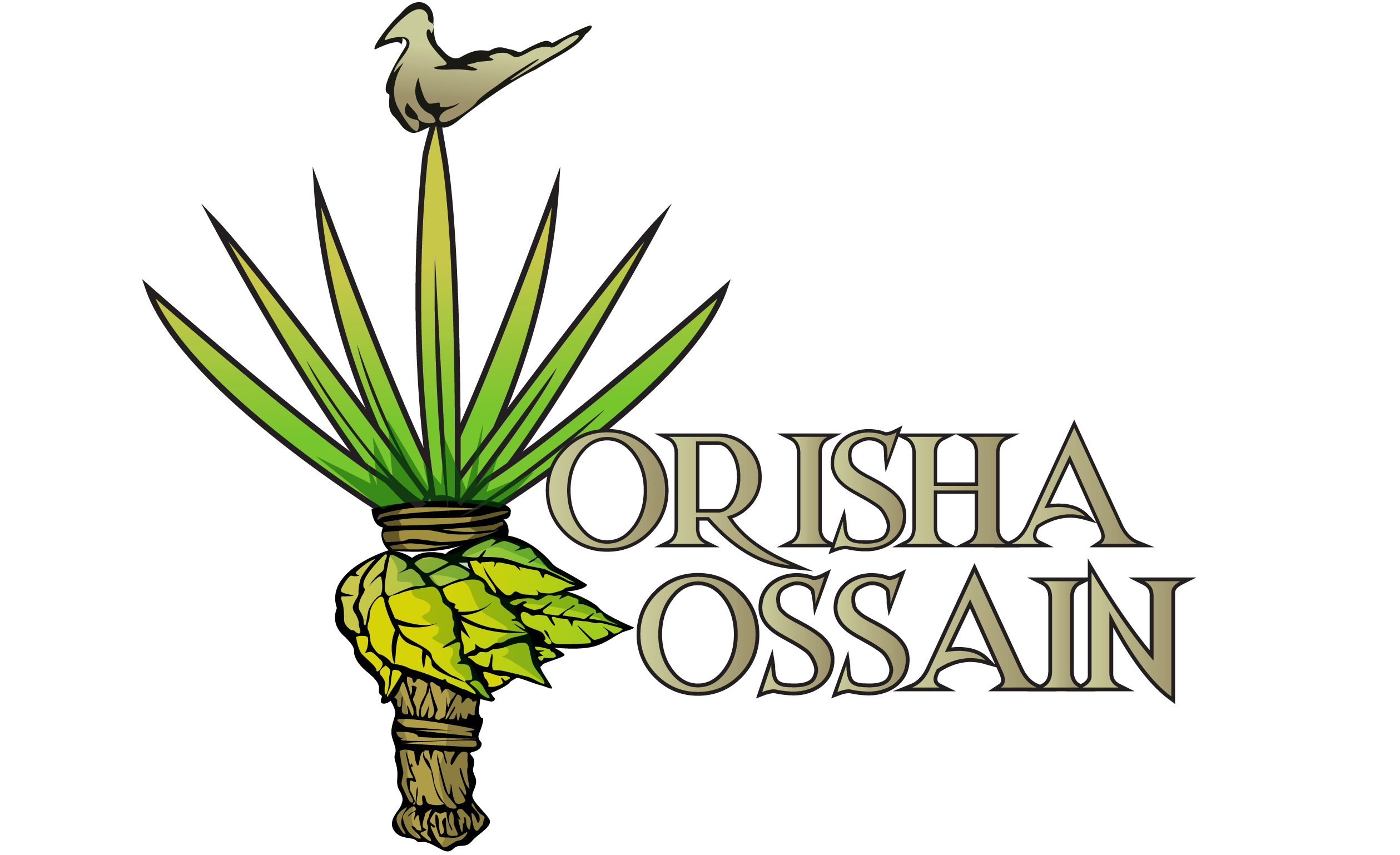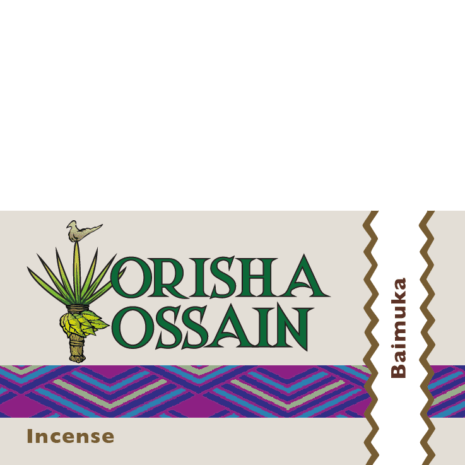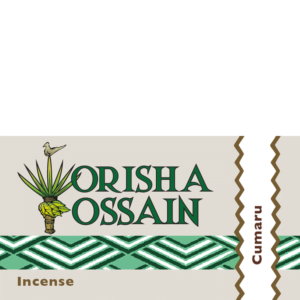Rapé Baimuka
From: $19.76
Rapé Baimuka is the name of the Kaxinawa Indian who made this snuff. This Kaxinawa rapé Baimuka is prepared with Sabiá and Caneleiro ash. Caneleiro is a well-known type of ash from the people of that region. What makes this rapé unique is this rapé is the addition of a few rare herbs.
Rapé Baimuka
Rapé Baimuka is the name of the Kaxinawa Indian who made this snuff. This Kaxinawa rapé Baimuka is prepared with Sabiá and Caneleiro ash. Caneleiro is a well-known type of ash from the people of that region. What makes this rapé unique is this rapé is the addition of a few rare herbs.
Xipão
Xipão is a rare herb that grows as a parasite in palm trees. This plant works to reduce pain and inflammation in the region of the joints, back pain, osteoarthritis, rheumatoid arthritis, bursitis, rheumatism, blood purification, and much more.
This medicine is made by Baimuka, a Txai (brother) Kaxinawa from the indigenous land of Karapanã, on the Tarauacá River. Besides the Xipão herb, Baimuka used a second herb that I have no information about. But it is clear this second herb brings just a little touch of sweetness to the blend.
Tribal Usage
The Kaxinawa tribe uses its Rapé for different purposes. For example, relief of physical pain and headaches and cleaning of sinuses. In Addition, the Kaxinawa’s apply Rapé for mental healing, mostly in combination with chanting.
Rapé connects the tribe with spirits of the jungle and – depending on the specific ingredients – it can cure, heighten concentration, improve hunting, or be a connector to the spirit of nature. The Kaxinawa like to experiment and use a wide range of ingredients for their rapé.
About the Tribe
The Kaxinawá people (Huni Kuin) are an indigenous tribe who live in Brazil and Peru. The Kaxinawá are also known as the Cashinauá, Caxinauá, or Kashinawa people. This name comes from kashi or “bat” and nawa meaning “outsiders” or “foreigners”.
Their autonym is Huni Kuin or “real men” or “true people”, from huni, “man”, and kuin meaning “real” or “true”. Their language belongs to the Pano linguistic family, which they call hatxa-Kuin (true language). The population is approximately 4,000 people. The Kaxinawa account for 42% of the indigenous population of Acre state in Western Brazil.
Do you want to learn a bit more about the tribe then have a read here.
Tepi and Kuripe
Have a look at the collection of Tepi and Kuripe. Various styles from different artists are available.  Tepis receiving blessings from their creators
Tepis receiving blessings from their creators
Handling & Sorting
I sieve this Rapé Baimuka and all other snuff coming from my shop through a 120-micron high-grade stainless steel mesh. I also store the Rapé stock dry and in vacuum containers to prolong freshness and quality.
This results in.
- an extremely fine powder.
- a guaranteed consistent fineness
- optimal absorption of the snuff






